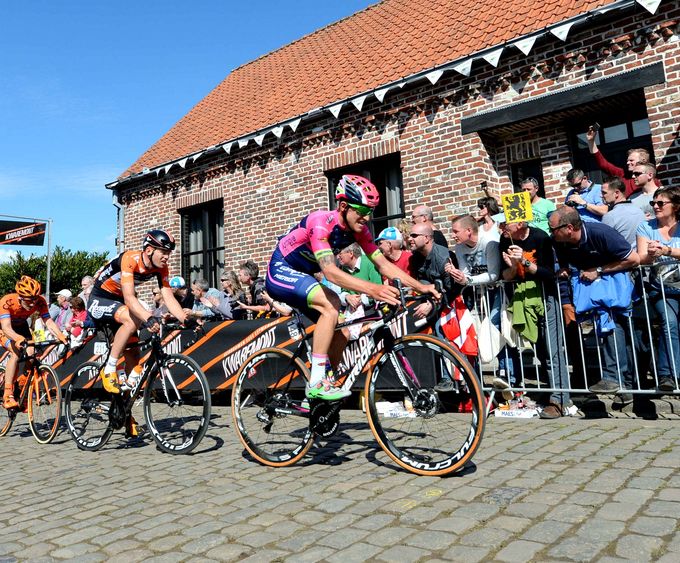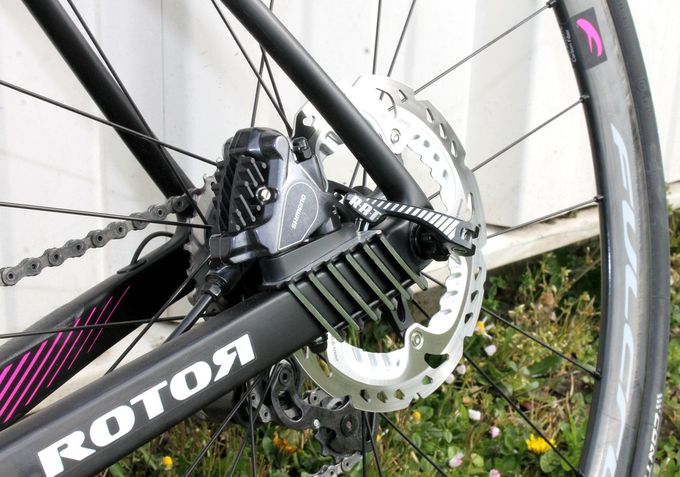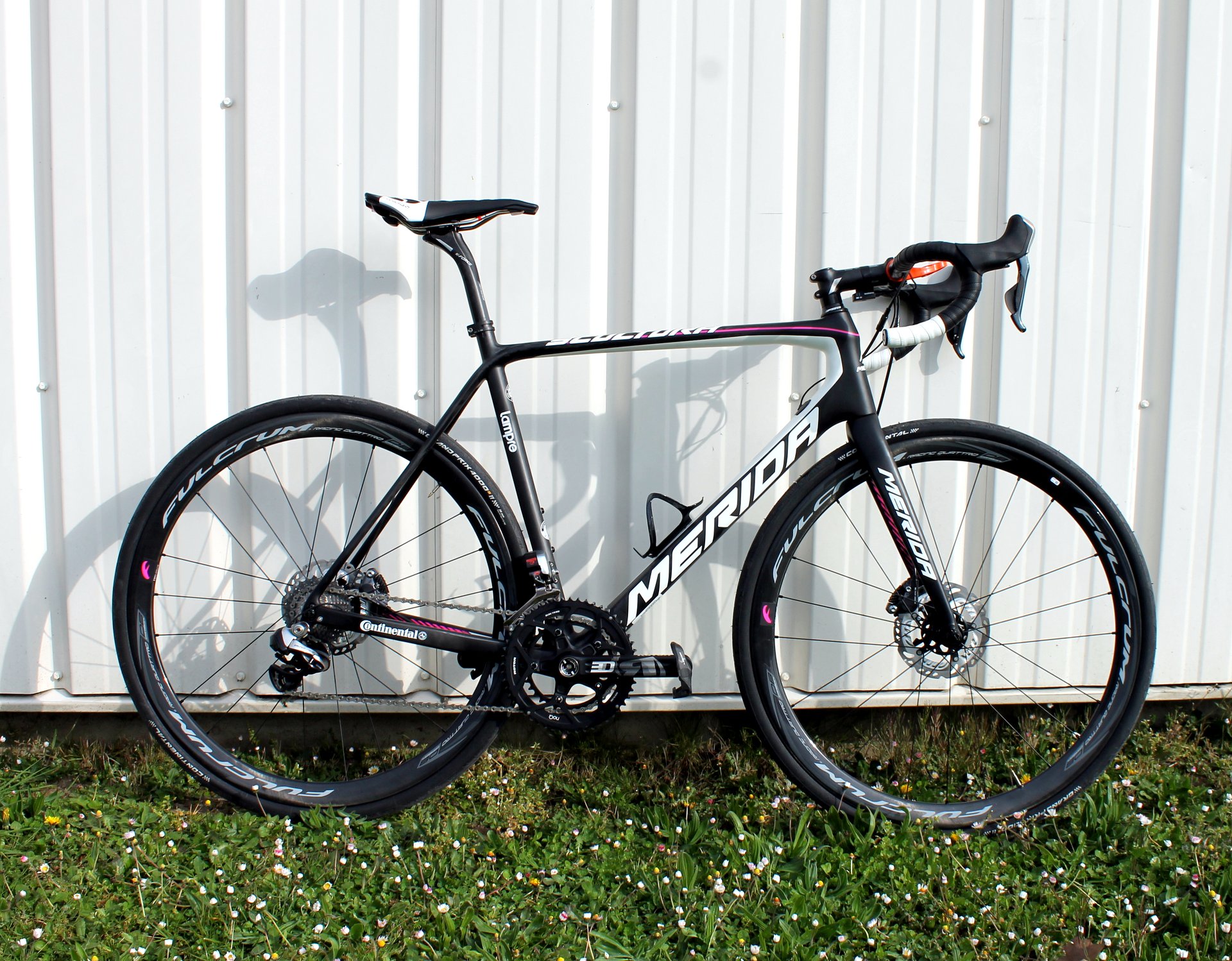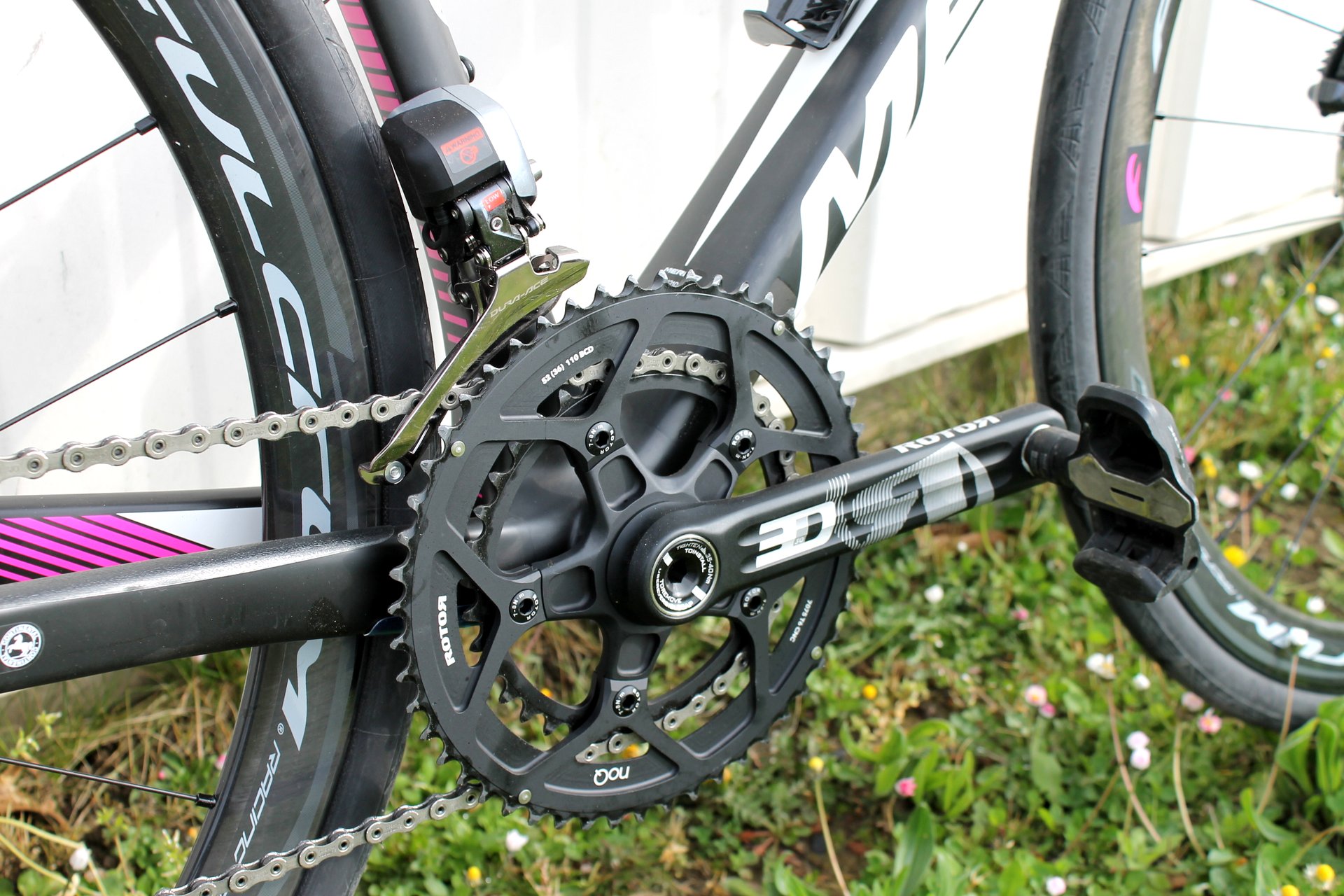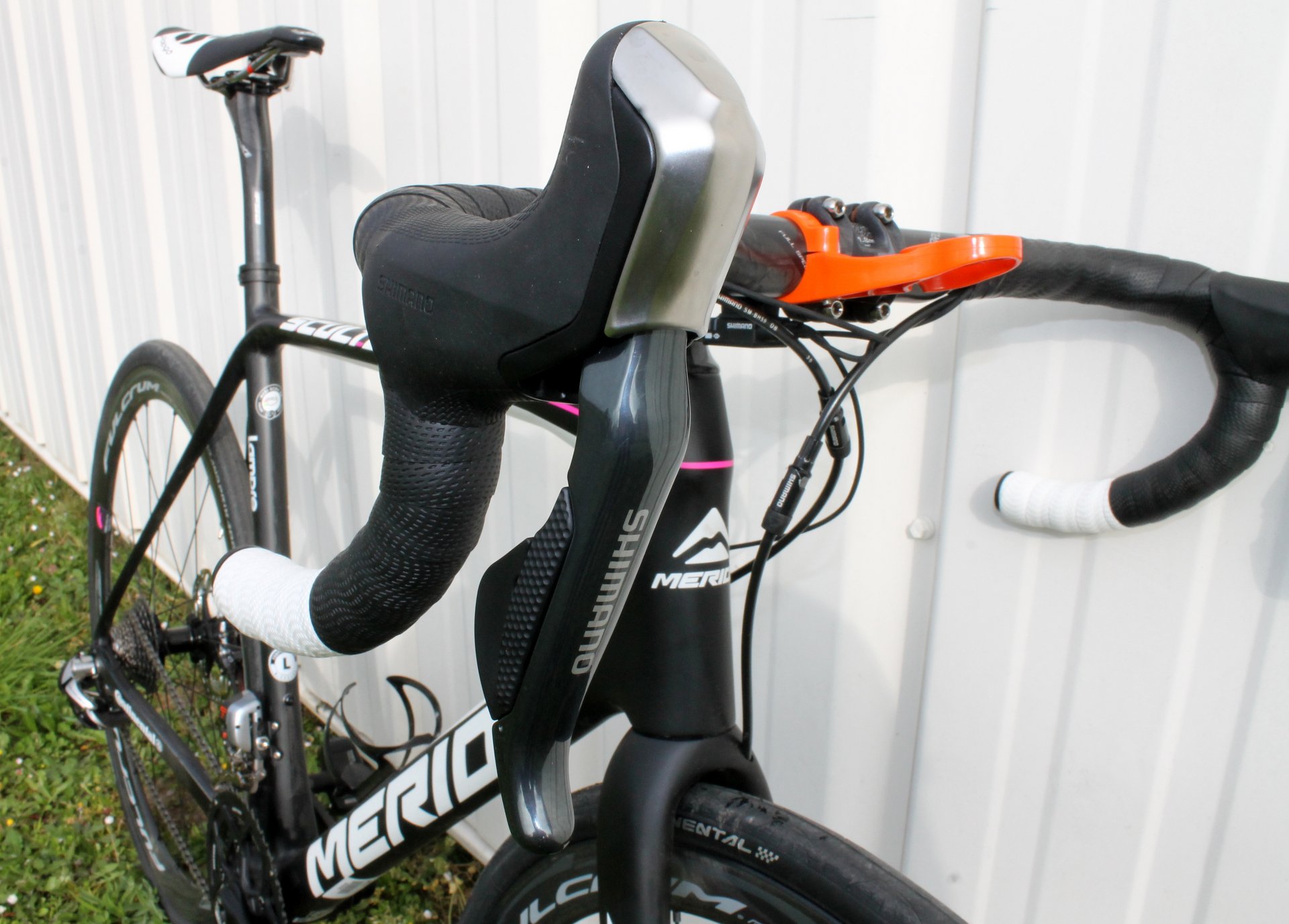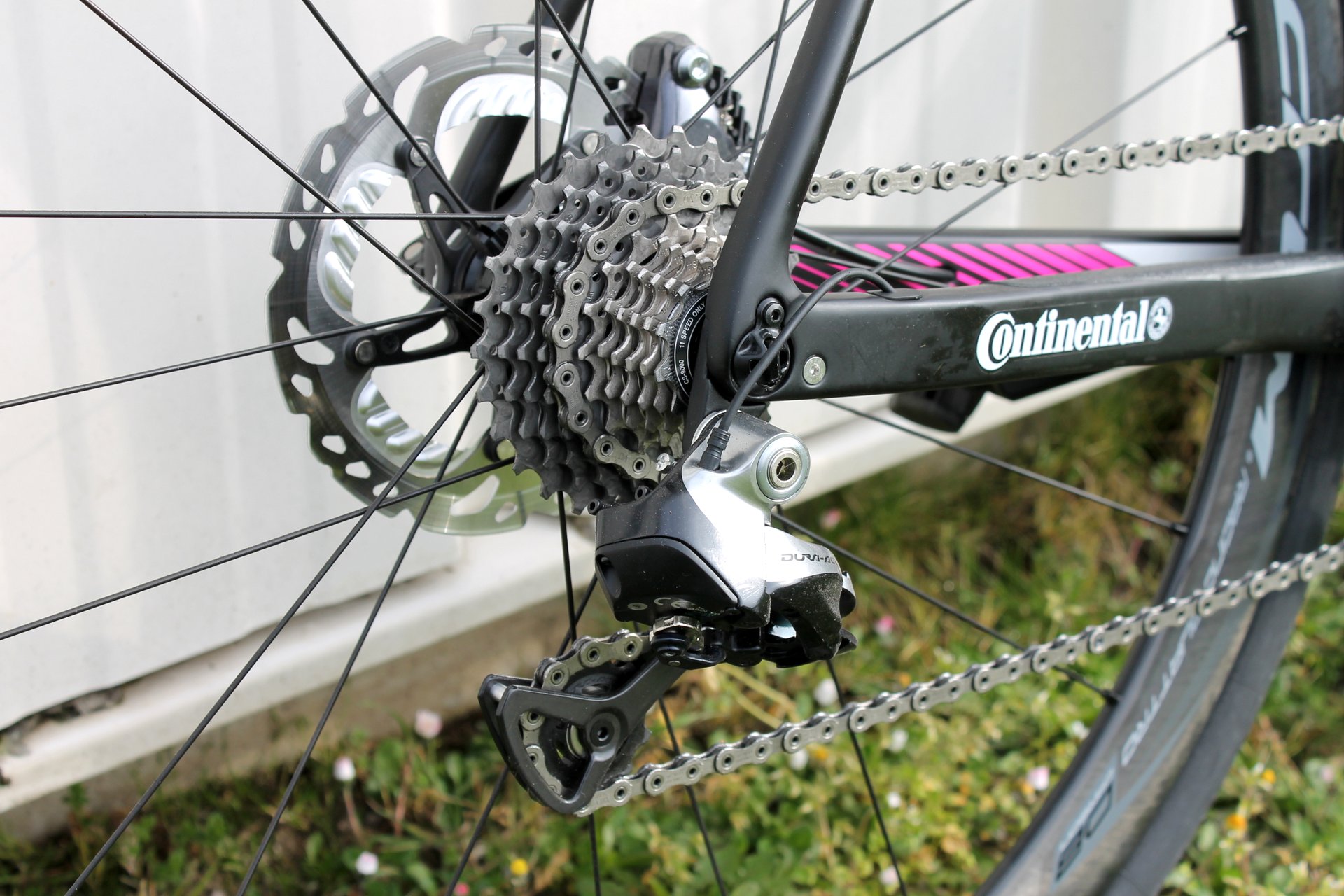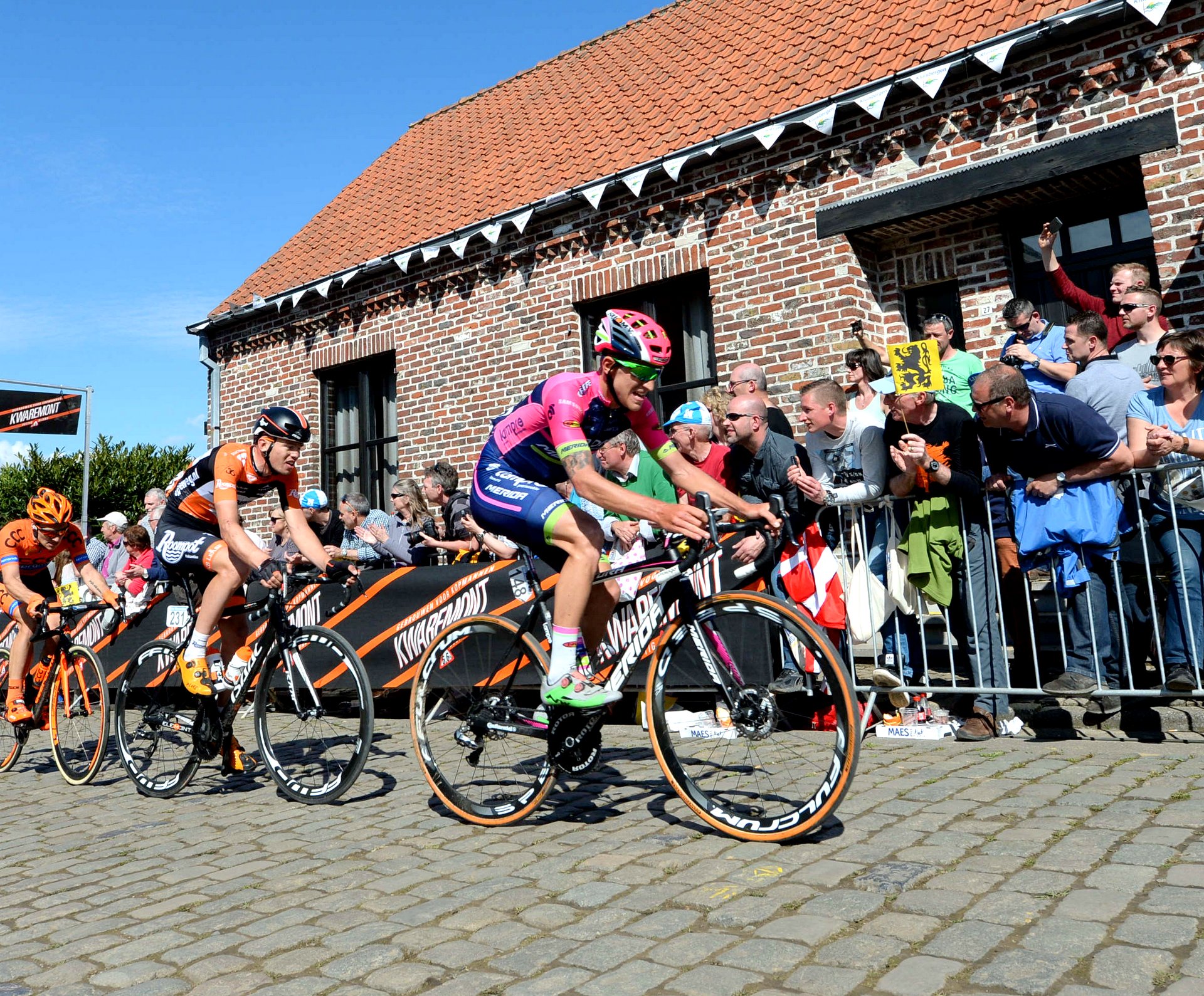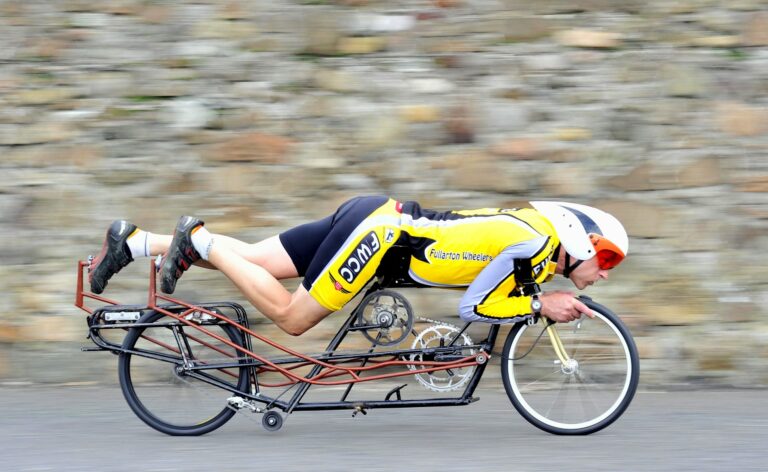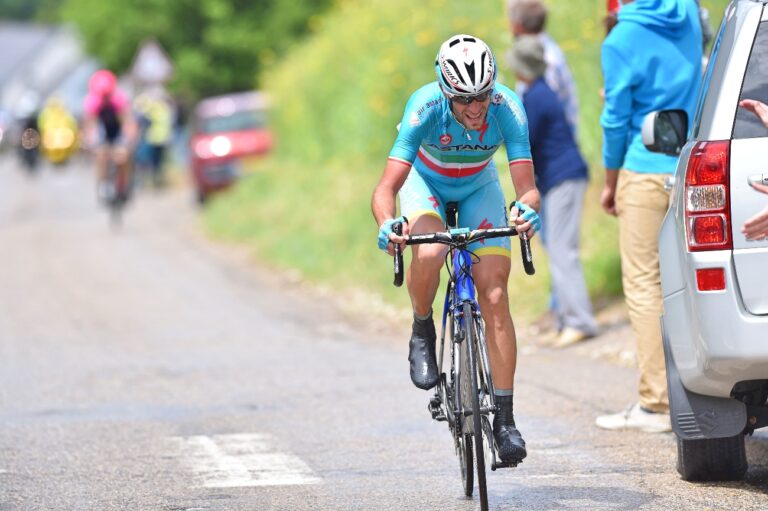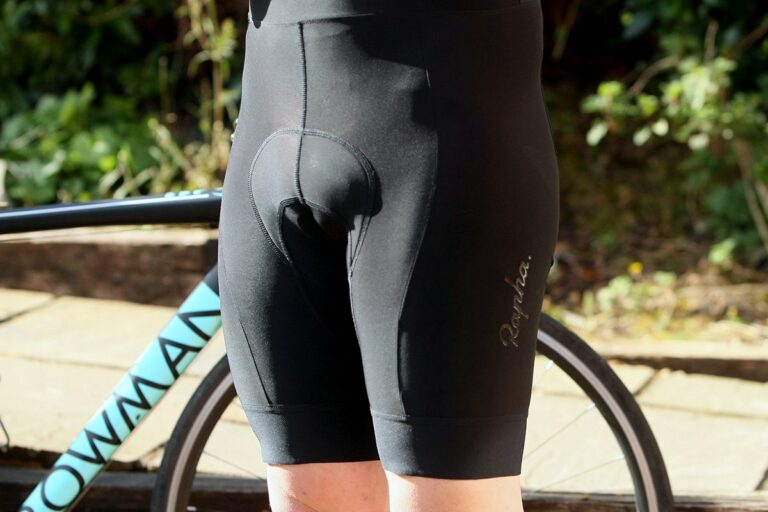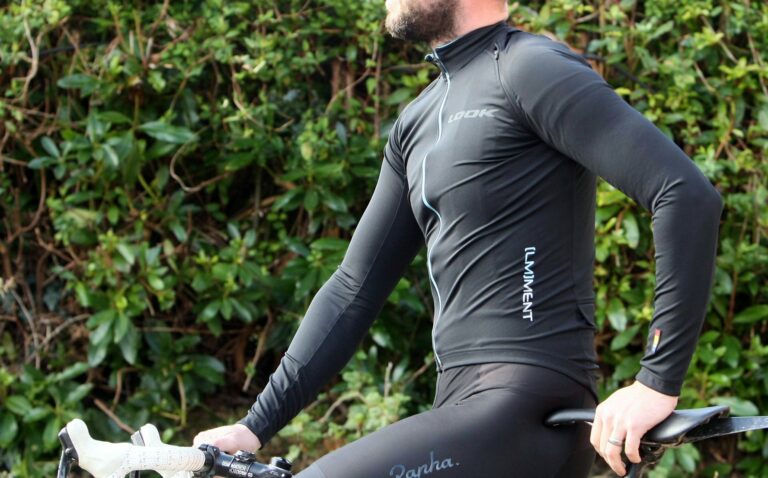Merida have officially launched a new disc brake version of their lightweight Scultura road bike, having debuted it with the Lampre-Merida first at the Three Days of de Panne, and then last weekend’s Tour of Flanders. It will also be ridden at this weekend’s Paris-Roubaix.
The new Scultura Disc frame will come in three versions: a top-level carbon CF4 (with aggressive race geometry) frame at 900g, a CF2 mid-level carbon frame that dips just below the kilo mark, and a ‘Lite’ aluminium frame at just under 1.5kg – the latter two of which have a more relaxed, endurance-based geometry.
– Merida Scultura Disc first ride review –
The frame shares many of the features of the existing Scultura, updated last year, but has a new fork and beefed up rear triangle to cope with disc brakes, while Merida have also introduced cooling fins to help dissipate heat from the rear rotor, and used Focus’ RAT quick release-style axles.
We’re at the launch in Belgium ahead of Paris-Roubaix. Here’s what Merida have told us about the Scultura Disc, before we get the chance to ride it for ourselves on the cobbles of Flanders and Roubaix:
- Three disc-specific frames based on existing Scultura platform
- 160mm rotors and 12mm thru-axles front and rear
- ‘Merida Disc Cooler’ fins to improve rear brake heat dissipation
- Rapid Axle Technology for quick wheel changes
- Clearance for 28mm tyres
- Update (12/04/16): read our first ride review of the Scultura Disc



